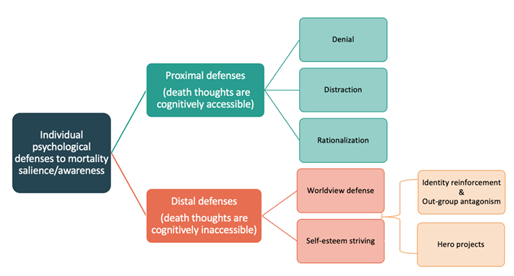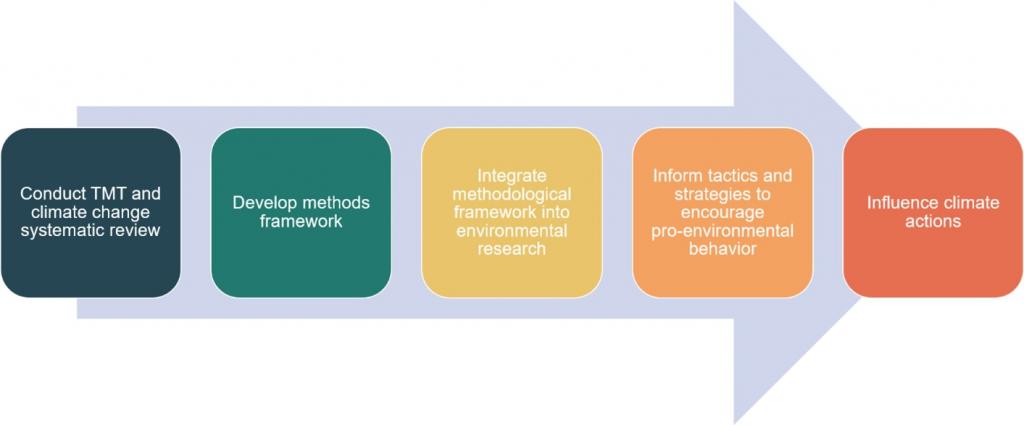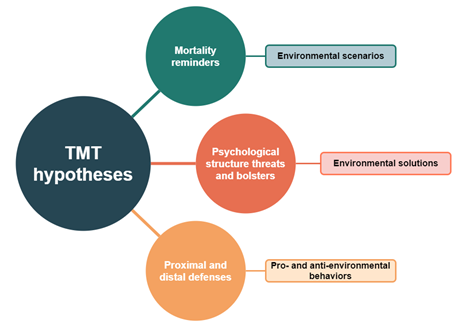When the going gets tough, the tough get writing.

Reflections on a pandemic – and mortality – research collaboration.
Nothing could stop the intrepid researchers in the Society, Environment and Emotions Lab!
New babies, sleepless nights, a plague, mutant cells, one author’s inability to function in Google docs, multiple time zones, and thousands of kilometers didn’t deter Lauren Smith (SERS, PhD Candidate) from fearlessly leading Sarah Wolfe, Hanna Ross (MES 2017), and Stephanie Shouldice (SES, RRU Doctoral Candidate) toward completion of a long overdue SSHRC deliverable. Technically only two years late, our Lab’s newest publication in WIREs Climate Change provides a ‘how-to’ guide for scholars who are interested in expanding their interdisciplinary research or practice toolkits.
~~~~
Global climate change awareness is increasing, but efforts to convey information can trigger undesirable behaviours, including denial, scepticism, and increased resource consumption. It’s essential to more fully investigate social-psychological responses to climate information and messaging if we are to successfully prompt, support, and sustain pro-environmental behaviours. Yet consideration of these responses is often limited in interdisciplinary environmental study designs.
We’ve been particularly interested in social psychology’s Terror Management Theory (TMT). This theory has demonstrated how human behaviour can be influenced by one’s awareness of their own mortality, or mortality salience. Empirical TMT studies have shown that humans consistently and predictably respond to mortality reminders – with immediate denial, distraction, and rationalization, or through self-esteem bolstering and worldview defense. We’ve been focused on what TMT insights can tell us about people’s efforts to repress mortality salience or awareness and how these efforts influence environmental attitudes, beliefs, and behaviours.

Research on mortality salience’s influence on climate change beliefs is progressing, but to date a systematic scoping review of the literature has been unavailable. As a pandemic project – and because we enjoy working together – we decided to provide such a review. We proposed that TMT insights and methods must be better integrated into research designs to guide climate communications. Utilizing these tools in interdisciplinary work will also inform the comprehensive cultural and behavioural changes needed to address societies’ climate problems.

We introduced a methodological framework to help researchers at any career stage incorporate TMT into their research designs. Our framework will also help practitioners anticipate how their mortality-laden messaging could trigger unintentional social-psychological responses that degrade climate communication strategies.

Our article will be particularly useful as a resource for emerging, interdisciplinary environmental students who want to consider aspects of TMT in their own research and for established scholars who might be new to TMT methodology. We outlined TMT’s development and premise, extensively reviewed TMT use in environmental work so far, and provided a detailed design guide for future TMT-environmental research. We made suggestions – a non-exhaustive list! – for exciting future research projects with qualitative, quantitative, or mixed methods approaches.
To learn more about this article, please connect with Lauren Smith (lkmsmith@uwaterloo.ca).
To learn more about funded research opportunities within the SEE Lab, please connect with Sarah Wolfe (sarah.1wolfe@royalroads.ca)
Acknowledgment: financial support from Wolfe’s SSHRC Insight Grant (“Do mortality reminders influence our water decisions? A new variable for an era of climate change, drought, and uncertainty”).
Further Reading: Smith, L., Ross, H., Shouldice, S. and Wolfe, S. (2022) “Mortality management and climate action: A review and reference for using Terror Management Theory methods in interdisciplinary environmental research.” WIREs Climate Change. https://doi.org/10.1002/wcc.776